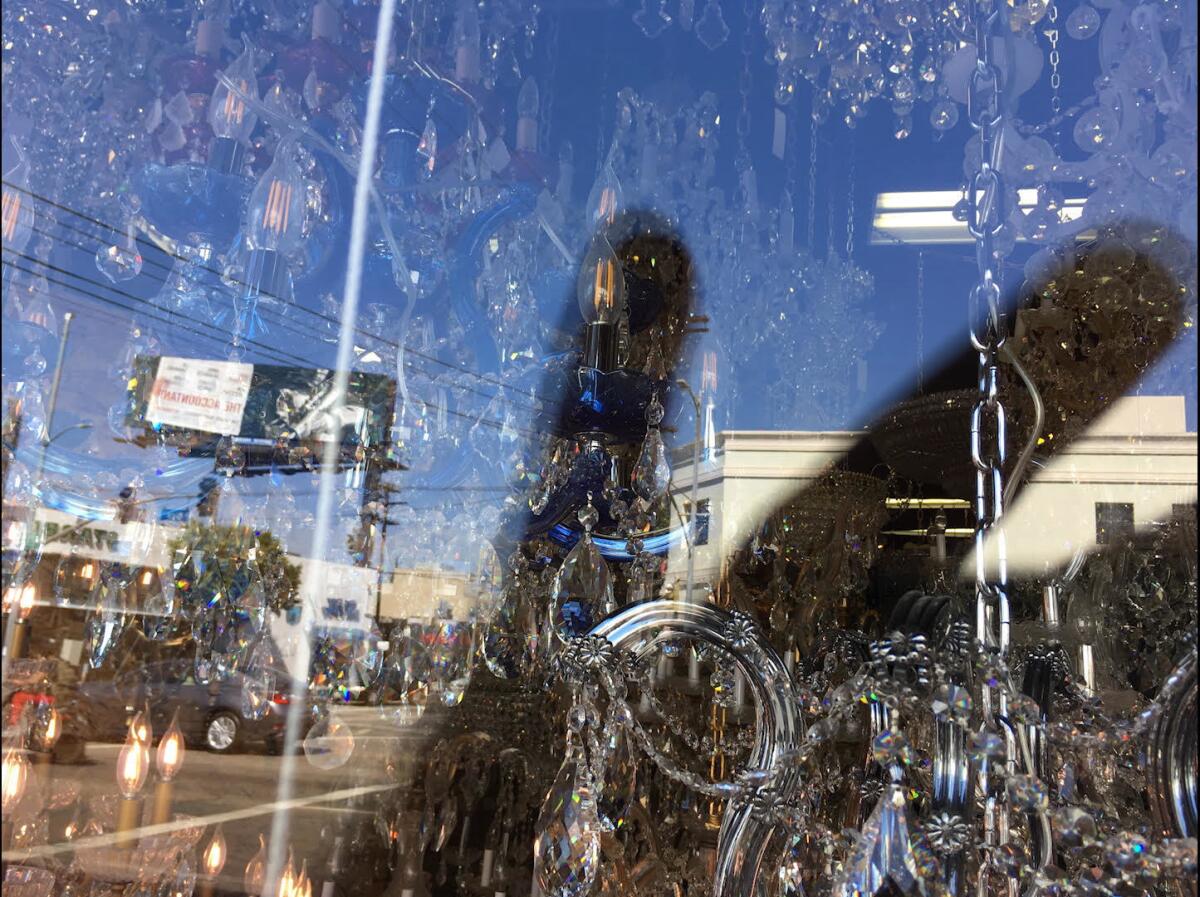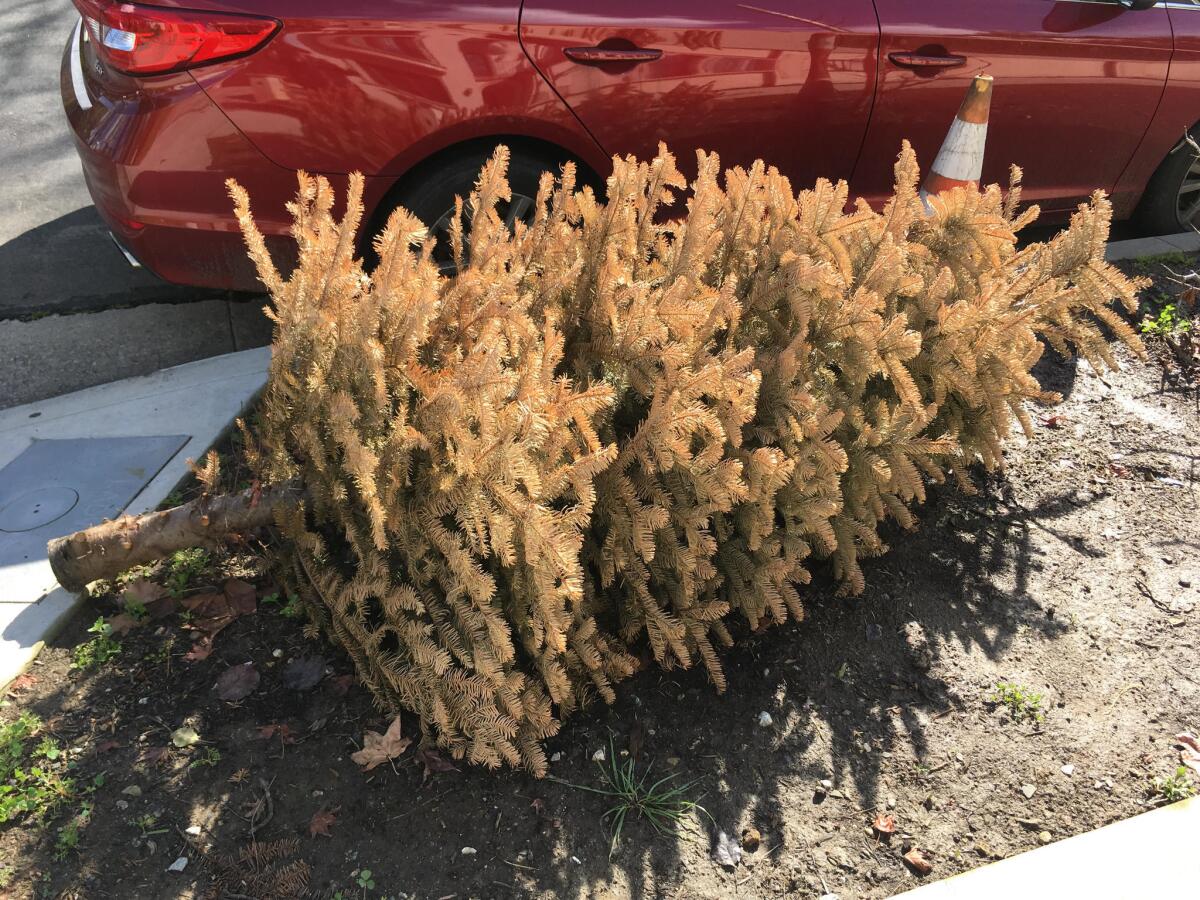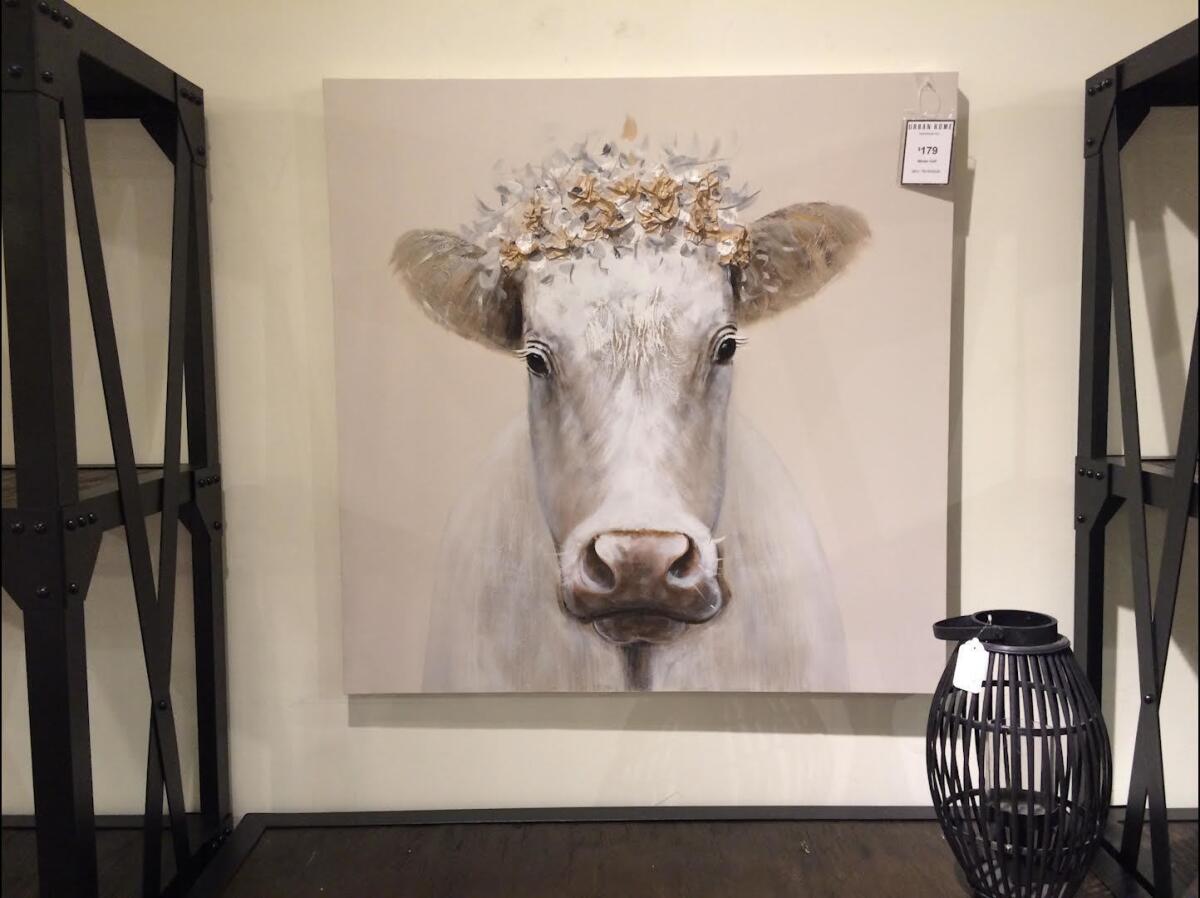Review: Judy Fiskinâs funny, thought-provoking confessions of an iPhone addict
Not many artists can get away with making an exhibition out of only one work, but Judy Fiskin has done just that at Richard Telles Fine Art.
Her approximately 14-minute video is so enjoyable, thought-provoking and redemptive youâll want to watch it again â as soon as it ends.
âI Was an iPhone Addictâ begins with a common experience: the relationship many people have with their phones, which have wormed their way into every corner of our lives, filling the tiniest nooks and crannies of consciousness with distractions we canât get enough of.
But the omnipresence of cellphones is no match for the attentiveness Fiskin (born 1945) brings to our interactions with them. With great curiosity, greater insight and, greatest of all, the open-mindedness of a philosopher who questions everything and assumes nothing, Fiskin treats herself as an experiment â a subject to be studied, learned from and then returned to for further study because she is no longer the subject she once was.
That unflinching, see-for-yourself attitude suffuses her video, which starts as a confessional. The L.A. artist explains, quickly and unsentimentally, that she stopped making photographs 20 years ago, around the time phones and cameras got married and their offspring began to multiply exponentially.
Then, one day last spring on a daily neighborhood walk, Fiskin plucked her phone from her purse and snapped a picture. Twenty minutes later, she had 300. In six months, she had 7,000.

Startled by those numbers, she had no choice but to figure out what she was doing, why she couldnât stop and how her new pictures related to the tiny black-and-white silver prints she had made throughout the 1970s, â80s and â90s (and exhibited in museums and galleries across the U.S. and Europe).
In plain â and plainly beautiful â language, Fiskinâs video invites viewers into her mind as she recounts how she sorted her pictures into categories. First, âThe Learning Curve.â Then, âSelfies.â Followed by âSelfies After a Rainstorm.â All make sense. But sometimes not how you expect them to.
With every picture and turn of phrase and musical interlude (from Bach to âThe Hukilau Songâ) you get a sense of Fiskinâs vision, her capacity to make everyday reality look beautiful while leaving it well enough alone. She never calls attention to her talents, which are nothing less than brilliant. Anonymity and genius never looked better or mixed as poetically as they do in Fiskinâs artistry.
Plus, she has a great sense of humor. Her categories mutate in ways that recall Jorge Luis Borges, breaking down as they break open new perspectives.

âSome Leavesâ is followed by âAnother Leafâ and then âMore Leaves.â âCakes Within a Two-Mile Radius of My Houseâ precedes âThe Lasting Influence of Jackson Pollockâ and âLearning From Eggleston.â âPhotographs That Made Me Hate Myself in the Morningâ comes before âA Trip to the Shrinkâ and âAn Apartment Iâd Rather Photograph Than Live In.â
And if all that werenât enough, the exhibition includes two monitors on which play a Judy Fiskin Film Festival: eight short videos she has made since 1997.
Each is a pleasure to behold. And even more pleasurable to see again. Not because it traps visitors in a tightening spiral of addiction, but because it, like all of Fiskinâs art, frees us to see the world differently and live in it more sensitively.
Richard Telles Fine Art, 7380 Beverly Blvd., L.A. Tuesday-Saturday. (323) 965-5578, www.tellesfineart.com

See all of our latest stories at latimes.com/arts.
MORE ART
What a big LACMA exhibition says about L.A.'s search for 'civic identity'
The biggest entertainment stories
Get our big stories about Hollywood, film, television, music, arts, culture and more right in your inbox as soon as they publish.
You may occasionally receive promotional content from the Los Angeles Times.







